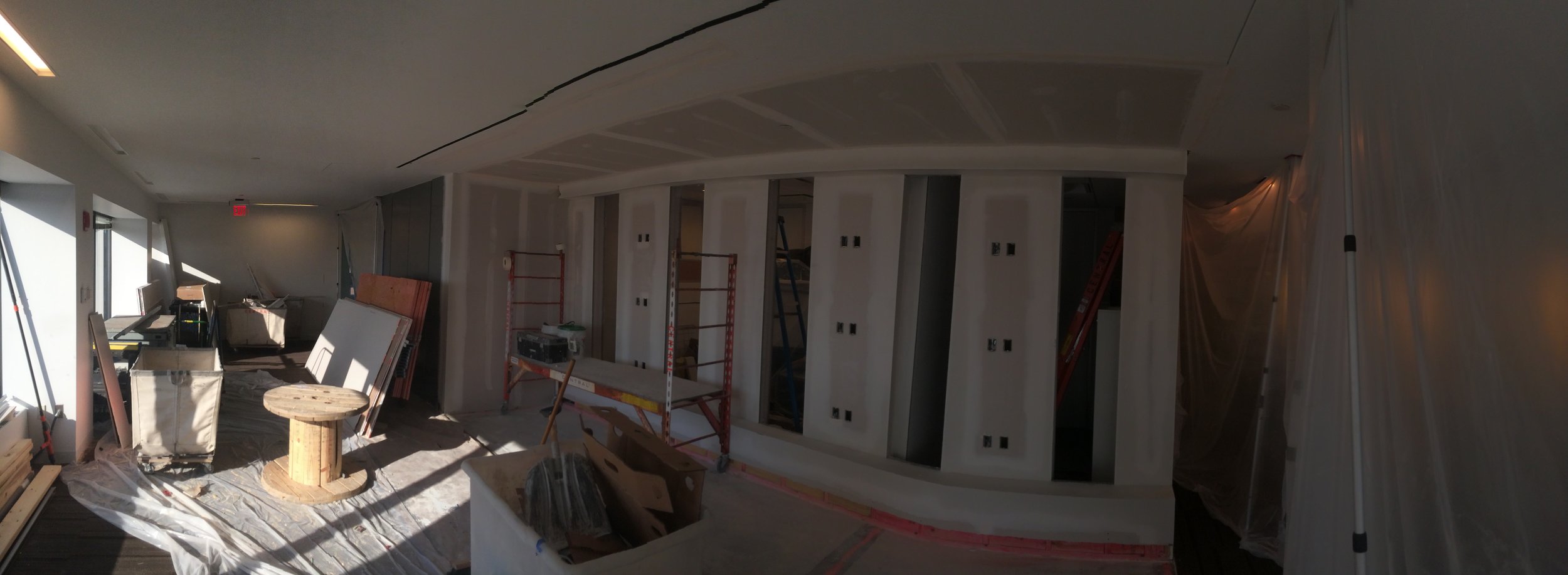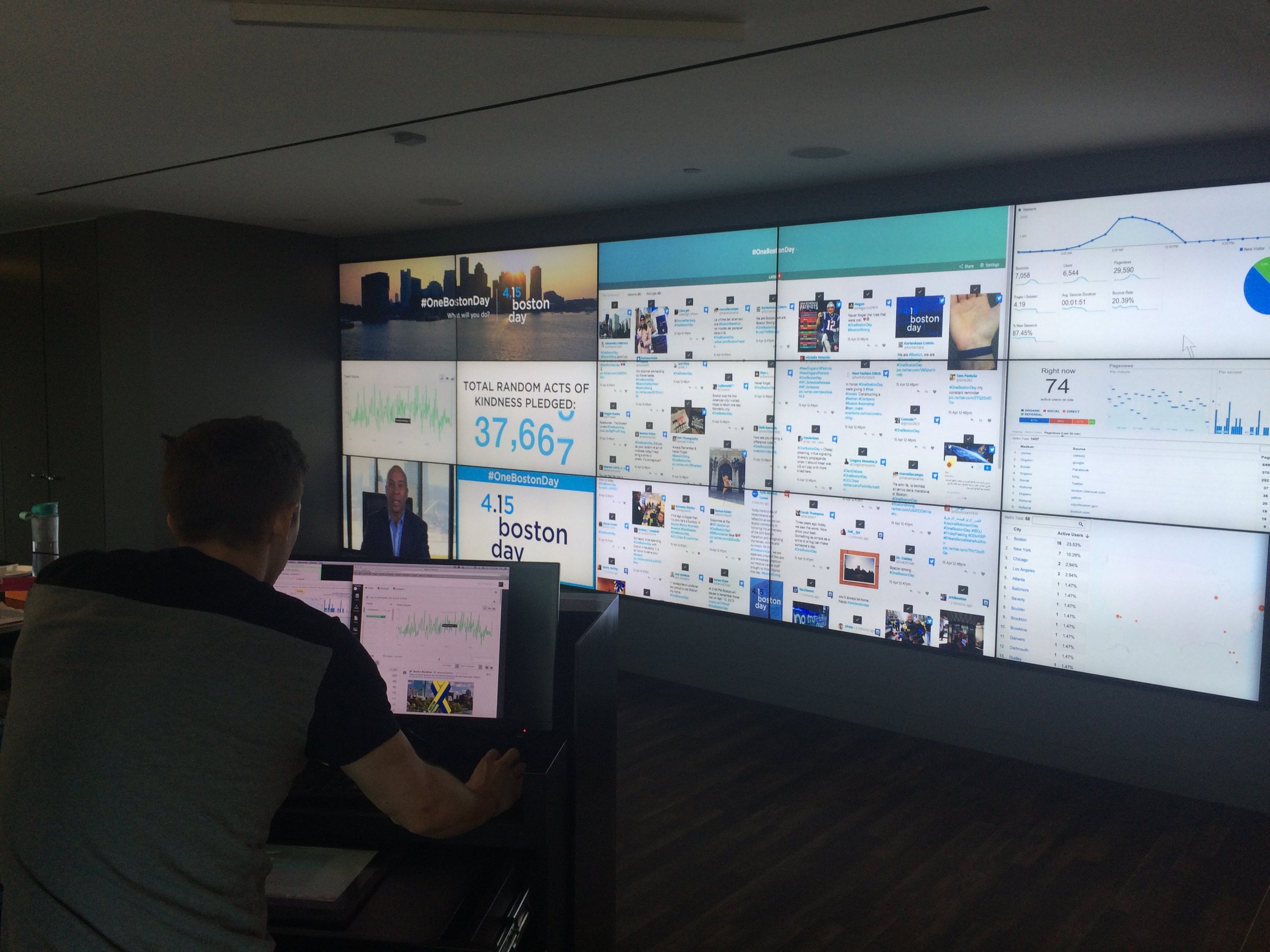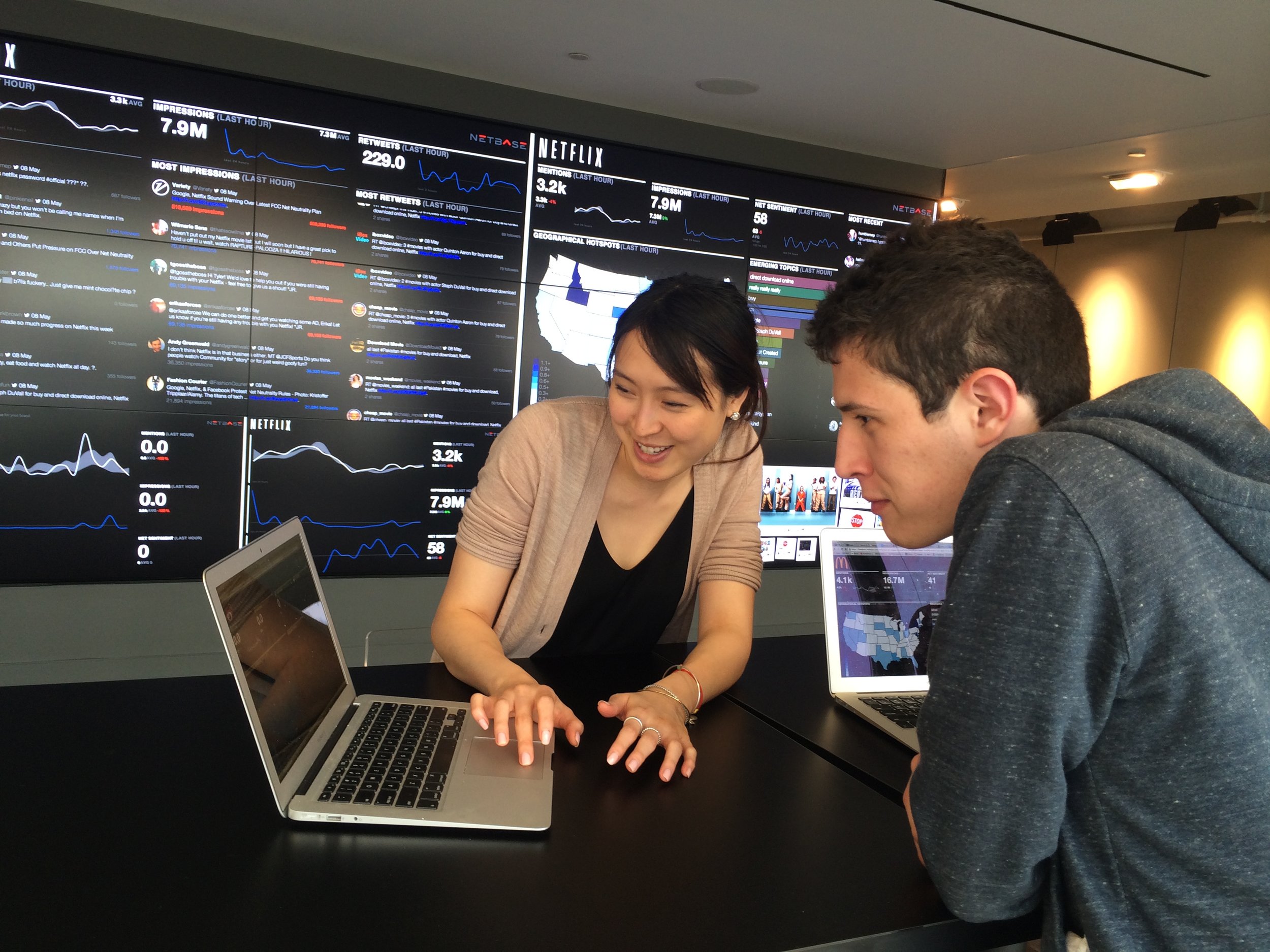Designing a Space for Data Collaboration
Approach
Designing a space where people would come together to collaborate on data projects is trickier than hanging six screens on a wall in a closet and calling it a day.
In addition to the traditional modes of interacting with data — monitoring live streams, using common references, working together on a problem, alerting someone — we wanted a space for
Creative: for experimenting with new forms of retail signage
Strategy: for immersions into consumer environments.
Marketing: for displaying the work in an impactful way
Social: for people to hang out
We have formulated six principles that we used to filter our options and guide our decisions: from the choice of the physical space to furniture selections and software design:
Visibility
Take it out of the closet
Flexibility
Accommodate different types of work
Ergonomics
Design around how real people work
Desirability
People should want to use it
Usability
Make it easy to fire up
Efficiency
Make the best use of it
Design process
Our first step was to find a suitable space. We took pictures of several possible locations and photoshopped some TV screens on the walls.
Once the location was picked, we did a round of crude renderings to get a feel for the space from different angles.
We then started filling out the details. One early idea was to equip the room with square displays that had a mechanism that allowed the screens to be pulled in and out. The idea was overuled as pretty but impractical.
We looked at how other industries design their command centers: petrochemical plans, traffic dispatchers, and stock brokerages. We also spend a lot of time studying fictional interfaces such as this one from Matrix 2.
The architects took over to create the plan and final, detailed renderings.
Here, most of the heavy construction has been completed -- a wall had to be moved and the wiring had to be rerouted -- and the screens have been installed.
Boston City officials look on as the social team monitors the One Boston Day campaign.
With Bill Letson, Henry Bruce, Andres Hernandez, Vicky Lirantonakis, Paul Lenzi, Mike Proulx, and Chris Sherrill











































